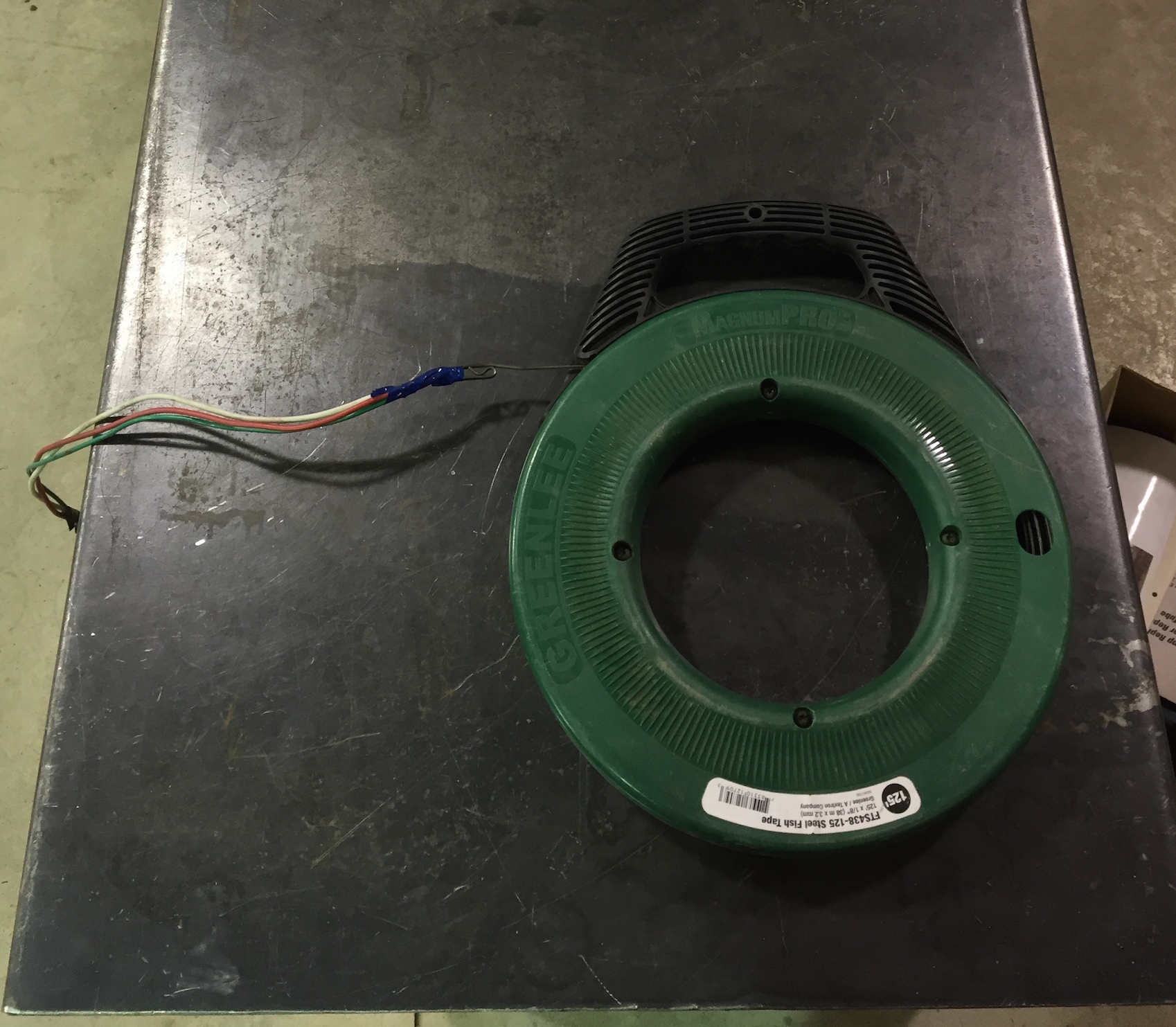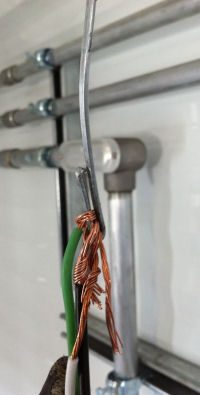Electrical Wire Pulling Tools Guide
Electrical wire pulling tools are essential for an electrician to complete their tool arsenal.

For some electricians, these could very well be the tools you use more than all others combined.
Whatever type of wiring situation you come across, there is a very good chance that you will need to pull a wire or two with wire pulling tools. This is part of the job. Whether you are working on a complicated repair in tight quarters or a new building with plenty of room to work, the tools you use can make the job a nightmare or a dream.
The biggest challenge is often selecting the right tools for the job. This is where your training comes in. When you know which tools work best in which situations, the job will be safer and go much smoother.

Types of Electrical Wire Pulling Tools
To pull wire through the conduit, you first thread, or fish, the tape through the conduit or pipe. Once it is through, you attach the wires you need to the end of the tape and reel them through the conduit.
Draw tape electrical wiring pulling tools usually come in fifty or one hundred foot lengths. It is housed in a plastic box, similar to many recoiling extension cords, complete with a handy carrying handle. You use the draw tape the same way you would use a measuring tape.
Essential
This tool is indispensable for an electrician. Whether you are pulling electrical wire or low voltage cable, this tool can be a lifesaver. Features you should look for in good electrical tools are non-conductive materials such as fiberglass, and an adjustable nose pin that can be easily adapted to your needs. When you look for a draw tape, make sure to get one long enough for various types of jobs. Get one with a stable, solid reel that is not likely to bind.
When working with longer conduit or heavier wires, attach a rope to the end of the tape. Although the tape is a tough and flexible electrical wire pulling tool, it is not a good idea to pull an overly-heavy load.

When attaching the wires to the end of the tape, strip off the outer insulation first. Thread the bare wire through the end and cover the entire connection with electrical tape.
This may seem like a lot of extra work, but losing your wire halfway through the conduit will be much worse. Lubricating the wire with special electrical lubricant will also make it easier to slip in the wire.
To pull the wire through, have one person stand by the box feeding the wire into the conduit, while you pull at the other end with the electrical wire pulling tool.
Make sure the person feeding the wire does not allow the wires to become tangled. Ideally, he will lubricate the wires with one hand while feeding them into the conduit and pull the wire off the reel with the other.
Pull the wires slowly, about two to three feet at a time. Check periodically with the person on the other end to ensure you are pulling at a good rate for him. Pulling too quickly can kink the wires or possibly catch your helper’s hand.
Space your pulls to ensure your helper has enough time to lubricate the wires and pull off enough new wire to keep feeding the conduit.
To prevent injury and kinking wires, simply tell your helper to tap the conduit when he is ready for another pull.
Wire Pulling Rods
Wire pulling rods are shorter than draw tape electrical wire pulling tools and are not used with a reel. When longer lengths are needed, you may splice several rods together.
Many wire pulling rods have a special glowing feature. This makes them easily visible in the ceiling, under the floor and inside walls. When you are doing light work or wiring short distances, a non-conductive wire pulling rod may well become your staple wire puller.
These rods are typically three to six feet long. You can get various connection heads, enabling you to accomplish a variety of jobs, such as running cable television wires, telephone lines, thermostat wiring and more.
The most important part of pulling wires is to keep the wires kink-free, and to not lose the wire inside the conduit. Of course, if you do lose the wire, simply pull it back out and start over. This is very time-consuming, so make sure the wire is attached securely in the first place.
For very small jobs, you may be able to simply thread the wires through without any help. But, these instances are rare. In most cases, you will have several feet of wire to pull through conduit.
Just threading the wire through without the help of the right electrical wiring pulling tools will most certainly result in kinked or stuck wires.
Here are some examples of electrician tools you'll use when pulling wire.
Draw Tape (also known as Fish Tape)
This is a great tool used primarily to pull wires through electrical conduits. The draw tape is a thin, flat piece of steel wire, coiled in a plastic box and available in several different lengths.
Wire Pulling Lubricant
This is used to help the conductors slide better through conduit or EMT. This type of lubricant will not deteriorate the conductor insulation, DO NOT use STL as lubricant.
Fibreglass Fish Rod
This is a great tool, Used to assist the installation of wires above ceilings, through walls and other hard to get to places. They are flexible and very strong at same time.
Fish Rod Accessory Set
This accessory set has the attachments that help grab and retrieve wires or other objects that are out of reach in those hard to get places.




